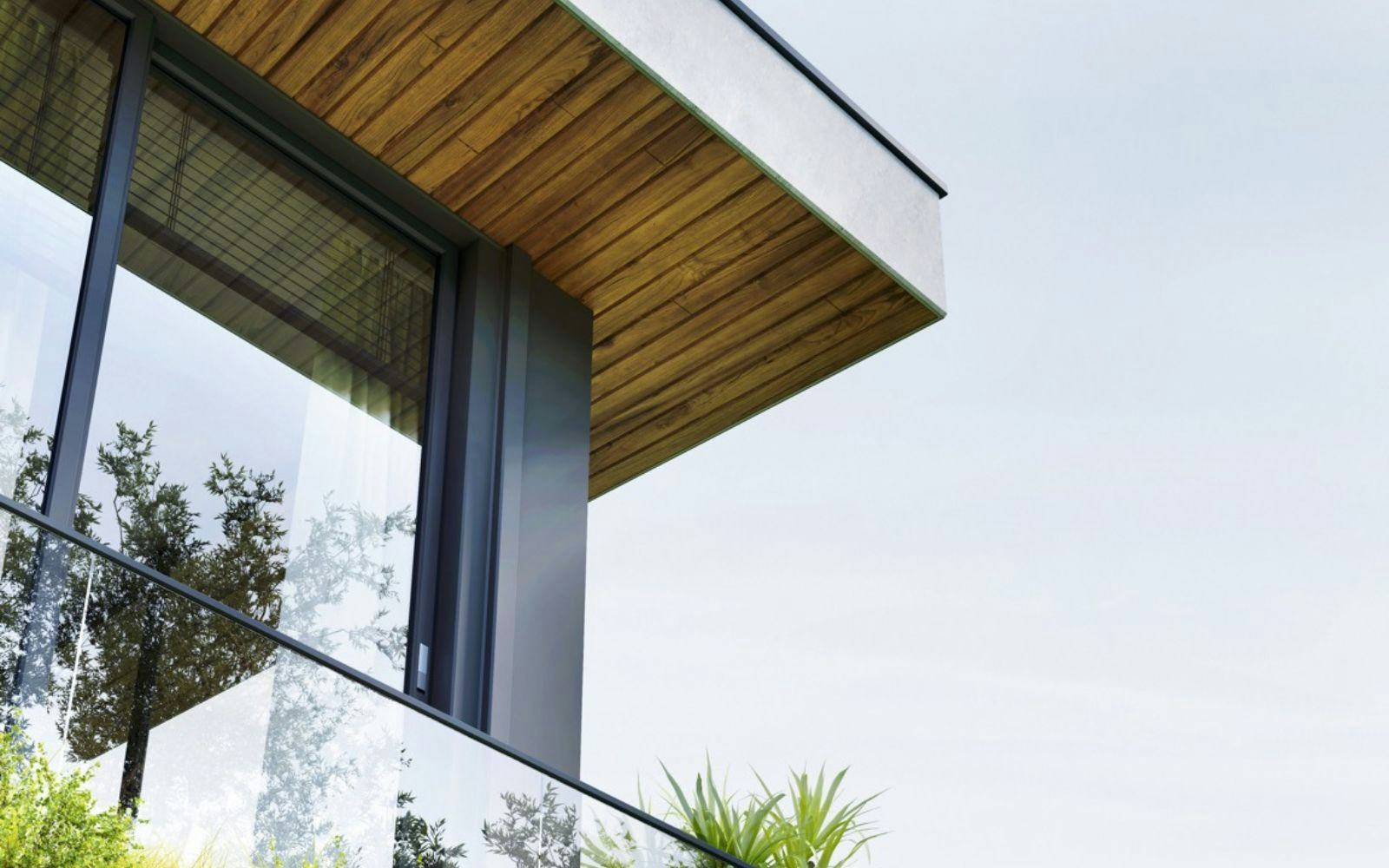Swiss Mortgage Market in Q2 2025: Growth Accelerates
The Swiss mortgage market maintained its recovery trajectory in Q2 2025, driven by strong residential demand, attractive financing terms, and the impact of the SNB’s zero SARON base rate decision. Net new mortgage volumes surged past CHF 20 billion, marking a 9% increase year-on-year and 7% growth over the previous quarter.
Download the full Q2 2025 Resolve Swiss Mortgage Market Report
Despite a cautious lending environment among many banks, homeowners continue to benefit from competitive rates, while the investment property market shows early signs of stabilization.
Residential Mortgages: Steady Demand and Accessible Financing
Self-occupied residential mortgages continue to lead the market, accounting for over two-thirds of Q2 growth. The average mortgage size rose to CHF 728,000 (+4.9% YoY), driven by the return of transaction price growth and increasing borrower confidence.
The SNB’s move to a 0% SARON base rate, paired with a competitive 1.14% margin, has created meaningful savings for borrowers, offering approximately CHF 4,000 in annual interest payment savings on an average mortgage of CHF 900,000 compared to 10-year fixed rates (1.57%).
Approval rates for residential mortgages remain strong at over 95%, with more than five lenders typically available to finance well-prepared files. The interest rate spread between the best and worst offers has narrowed from 1.04% to 0.92%, yet savvy borrowers can still save up to CHF 8,000 annually by comparing offers.
Investment Properties: Early Recovery, but Selectivity Remains
The investment property segment showed a 5% increase in the number of loans vs. Q1, indicating the start of a cautious recovery. However, transaction prices remain depressed, with average mortgage amounts down ~12% year-on-year, reflecting lower demand and continued deleveraging within banking portfolios.
Refinancing remains challenging for larger assets (>CHF 15 million) due to Basel III-endgame regulations, lower LTV thresholds, and conservative bank valuations, which are typically ~25% below market prices. While terms between residential and investment mortgages have begun to converge, only the strongest investment property files with low leverage or robust cash flows receive approvals, highlighting the selectivity of lenders in this space.
Mortgage Rates and Lender Landscape: Opportunity Amid Selectivity
SARON-linked mortgages remain the most cost-effective financing option in Switzerland. Despite the current attractive rate environment, many lenders continue to focus on self-occupied residential properties, often limiting investment property financing to existing clients with assets under management or strong liquidity positions.
Key Q2 dynamics:
- Margins stable across SARON and fixed-rate products.
- Best-worst lender spreads have tightened to 0.92%.
- Insurers are cautiously re-entering the investment lending space, but at a limited scale.
- Development projects, including land and construction credits, remain extremely difficult to finance, irrespective of lender or region.
Liquidity constraints continue to influence lender strategies, with many focusing on core business lines and high-quality borrowers while maintaining restrictive credit policies.
Regional Insights: Zürich, Bern, and Geneva Lead the Pack
The regional landscape remains dynamic:
- Zürich, Bern, and Geneva continue to offer 0.1-0.3% lower interest rates compared to other regions.
- The Greater Zürich area remains approximately 0.1% cheaper than other Swiss markets.
- Eastern Switzerland saw price increases of ~3.8% for condos and 3.7% for single-family homes year-on-year, driven by strong demand and limited supply.
- Vaud remains buoyant, while Ticino, Uri, and Graubünden show diverging trends, with some areas experiencing price corrections and others seeing moderate gains.
- Development credit availability remains a challenge across all regions.
Download the full Q2 2025 Resolve Swiss Mortgage Market Report

